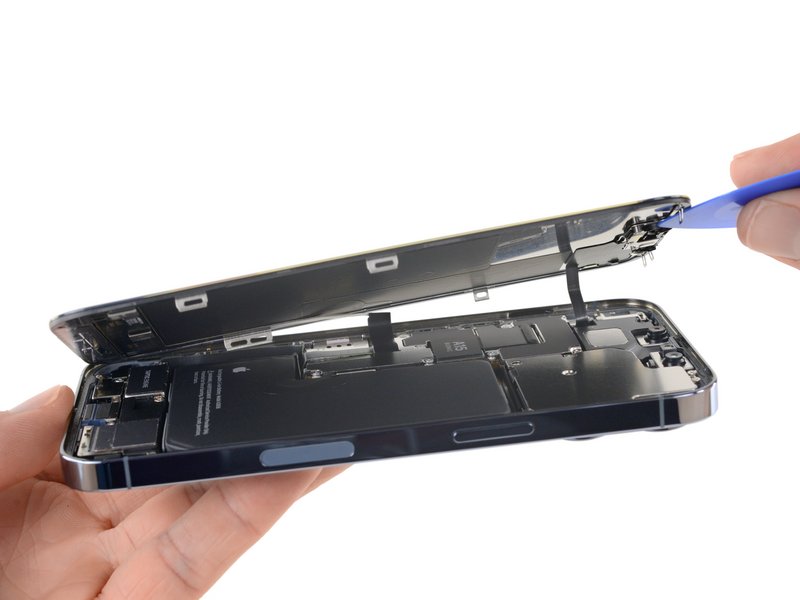Apple letting third-party shops replace screens is the right thing to do, but why was it ever in question?

We received a spot of good news yesterday with the revelation that Apple plans to release a software update that will allow third-party repair shops to swap out iPhone 13 screens without breaking Face ID, but why was that ever in question?
Backing up for a moment, let's remind everyone of what was going on.
As iFixit and others noted, replacing an iPhone 13 screen is relatively easy except for one new chip attached to the glass. That chip isn't an issue for Apple and its authorized repair centers — but it is kryptonite to third-party shops. See, that chip renders Face ID unusable if it isn't swapped from the old screen or re-programmed. Unfortunately, most repair shops can't do either, effectively breaking Face ID.
It's a whole thing and, frankly, not a great look for Apple.
iFixit:
This unprecedented lockdown is unique to Apple and totally new in the iPhone 13. It is likely the strongest case yet for right to repair laws. And it's all because of a chip about the size of a Tic-Tac, tucked into the bottom of a screen.(...)The iPhone 13 is paired to its screen using this small microcontroller, in a condition repair techs often call "serialization." Apple has not provided a way for owners or independent shops to pair a new screen. Authorized technicians with access to proprietary software, Apple Services Toolkit 2, can make new screens work by logging the repair to Apple's cloud servers and syncing the serial numbers of the phone and screen. This gives Apple the ability to approve or deny each individual repair.
However, a new report by The Verge says that Apple will issue a software update that fixes all of this, although it isn't known when that will happen.
That's good news, and it's the right thing to do. But it doesn't explain what's going on here — is the current situation the result of a bug, for example? That seems unlikely, which means that we're dealing with expected behavior here. But why?
iMore offers spot-on advice and guidance from our team of experts, with decades of Apple device experience to lean on. Learn more with iMore!
Apple sometimes says it does similarly odd things in the name of security — it wants to ensure that people can't swap out components as a way to get around biometric security measures like Face ID and, in the past, Touch ID. But there are two issues with that in this instance:
- If that's the case, is Apple now undoing all of that with this new software update?
- We're talking about Apple here. It has the best of the best and more money than anyone. Find a better solution.
The current iPhone 13 is undoubtedly the best iPhone we've seen to date, but its display still breaks like any other. It's a reasonably safe assumption that people will regularly replace screens on these things, and what percentage of those replacements will be done by Apple or its partners? As things stand, I can only imagine a ton of people being left without a functional Face ID. That wasn't part of the plan, right?
I don't have the answers to any of these questions, but I've reached out to Apple to ask. Fingers crossed that this was all just a bug after all.

Oliver Haslam has written about Apple and the wider technology business for more than a decade with bylines on How-To Geek, PC Mag, iDownloadBlog, and many more. He has also been published in print for Macworld, including cover stories. At iMore, Oliver is involved in daily news coverage and, not being short of opinions, has been known to 'explain' those thoughts in more detail, too.
Having grown up using PCs and spending far too much money on graphics card and flashy RAM, Oliver switched to the Mac with a G5 iMac and hasn't looked back. Since then he's seen the growth of the smartphone world, backed by iPhone, and new product categories come and go. Current expertise includes iOS, macOS, streaming services, and pretty much anything that has a battery or plugs into a wall. Oliver also covers mobile gaming for iMore, with Apple Arcade a particular focus. He's been gaming since the Atari 2600 days and still struggles to comprehend the fact he can play console quality titles on his pocket computer.
